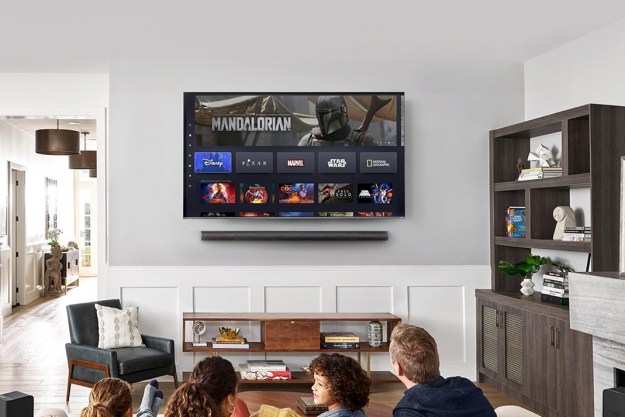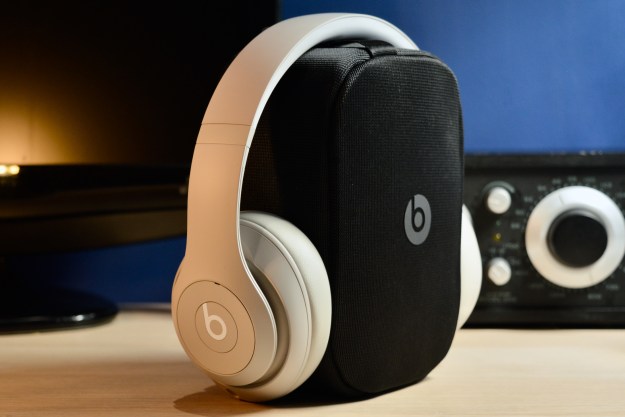We’re back and sinally recovered from CES in Las Vegas. And this week, we’ve got a slew of great questions. Like the emotional journey of choosing between the Samsung S95C or S90C. Plus Zen and the art of eARC. And why is my ATSC 3.0 tuner slow? And why can’t TVs have all the ports we need?
TV-buying journey
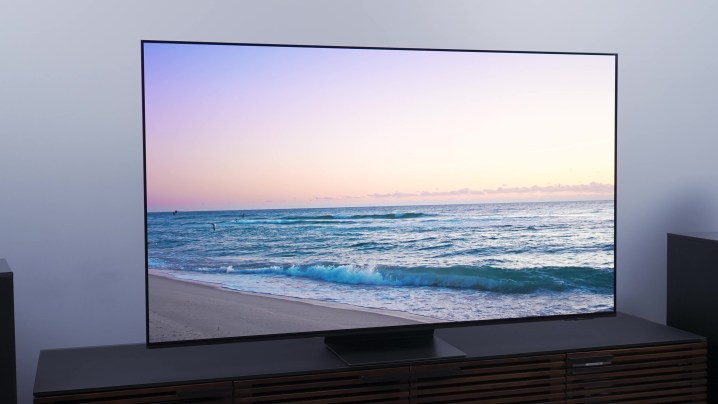
Jon Accamondo writes: Based on my personal needs and preferences, I have zeroed in on the Samsung (OLED) as my personal choice, but I am truly hung up on whether I stretch myself to the 95c, or jump on a 90c now. The last thing I want is to spend over $2,000 and feel that I settled in any way. My TV choices have always been thought-out and driven by my love for gaming and movie-watching. I still have a perfectly working Pioneer Kuro Elite plasma in my guest room that still blows me away all these years later.
I have a living room currently without a TV, and it will probably need to stay that way for at least another month or more if I’m going after the 95c. But if I can feel convinced that the 90c will give me the same experience, I am prepared to treat myself to that model. Do you have any insight that could help with this dilemma I’m tied up with?
As your TV purchasing counselor, we’re going to look at this in two ways: logically, and emotionally.
Logically speaking, I can tell you there are three things that separate the S95C and S90C OLED TVs. One is the one-connect box you get with the S95C and the resulting slimmer design. Two is the slightly better audio system you get with the S95C. Three is the slightly higher brightness of the S95C.
The brightness and the audio differences are nuanced. The S95C can, in some very limited cases, come off just slightly brighter. I would not choose the S95C if it were just down to the brightness difference. I would definitely not buy the S95C just for the audio improvement. And, well, you know better than I if the One Connect Box is something you really need or want. I’ll say this: You need to want two or more of those three things to really need to buy the S95C. That’s the practical take.
Now for the emotional take — and I think it is important to look at big purchases from this perspective. You like nice stuff. You got a Pioneer Kuro back when they were outrageously expensive TVs. And look how much joy it has brought you. You’re still talking about how much it blows you away. You probably feel like that was a really worthwhile investment, right? And I think you want to feel the same way about this TV purchase. And you know what? I don’t think my telling you to buy the S90C instead of the S95C will be the tipping point for you. I think the question of whether you are cutting a corner of some sort – making a sacrifice – will haunt you no matter what I say.
I think you’re going to buy the S95C. I think you’re going to have to wait a little bit longer. And I think in your more rational moments, you know as well as I do that waiting another month to get what you really want is the right call.
But, hey, if I’m way off on all that psychological stuff? Buy the S90C. It’s a better deal.
ATSC 3.0
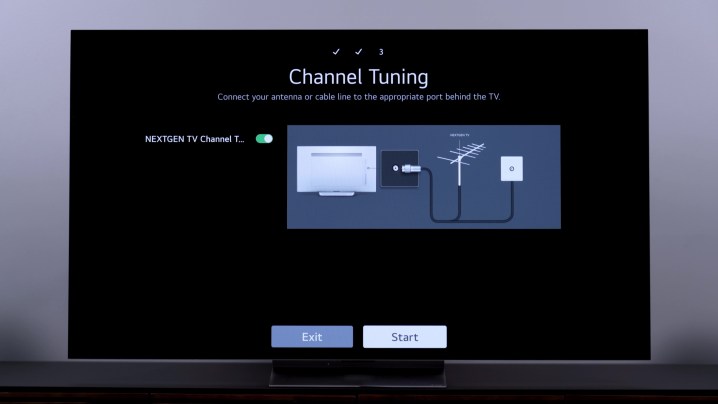
Ron writes: I bought an A80L for my mom, and the tuner is really slow. I thought it was an ATSC 3.0 tuner, which made me wonder: What’s been going on with ATSC 3.0, and which TVs still have it?
First, I’d love to clarify what you mean by the tuner being slow. Do you mean it’s slow to change from one channel to the next? Does it take a while to lock in the signal and then display the image? Is it slow just to click up from one channel to another? Or was it slow to scan all the channels in your area? Once I know exactly which issue you’re encountering, we can tackle that problem.
I will say that, so far, there is no benefit I can see to ATSC 3.0, but there’s no real drawback either. It’s just a bummer that local broadcasters are using ATSC 3.0 to cram more crappy channels into the same space rather than trying to offer
Oh, and also, LG TVs in 2024 won’t have ATSC 3.0 tuners built in because of some licensing disagreement associated with a patent issue.
Honestly, I just don’t care about ATSC 3.0 yet. Seems like a mess of a rollout to me — and that’s before you get to patent issues that are keeping some manufacturers far away.
AVR connections
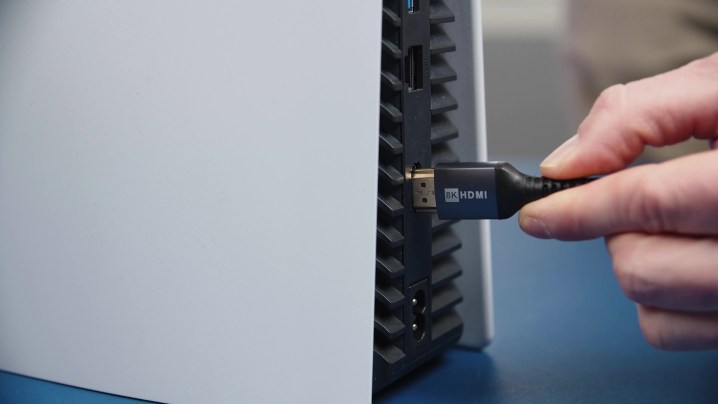
Jeremiah writes: Hi, I’m new to
It would be easier for me to answer your question if you provided your TV model number and AVR model number. That way, I would know how many HDMI inputs you had, whether or not you had ARC or eARC on which component, and whether your receiver does video passthrough in standby.
Some newer receivers will pass video through while in standby mode, which, to most folks, means they are basically off. Yours may be able to do this, I don’t know. It is a feature that you must enable in some receivers, so look for that feature in the specs list for your AVR, and if it can do it, figure out how to make sure it is on so you can pass video through no matter what you do.
If you have four HDMI inputs, connect all your devices to your TV and just run one HDMI cable to your receiver using the ARC connections. Not only does this save you a bunch of cabling, but it is simplest for everyone. Just use the TV to switch from Apple TV to game console to cable to your
If you have three HDMI inputs on your TV, then connect the dedicated
Audio outputs

Karl writes: With soundbars not having enough HDMI inputs, why don’t TV manufacturers put a dedicated HDMI output with audio passthrough on their TVs and get rid of the digital Toslink outputs? I know about eARC. But with a dedicated HDMI output, the user keeps all four dedicated inputs.
And Aaron B writes: Why don’t any modern TVs allow for two simultaneous audio outputs? Why is a TV not available with two eARC outputs or just an option to run the optical audio out with eARC active? I have multiple devices with eARC available, as well as a full studio of sound in my entertainment room, and I would love a way to use my S990c and still get a signal to my soundboard. Is there an external receiver that can control eARC devices as well as manage a second audio out? Even simple RCA with no volume control would work.
I pooled these questions together because I wanted to try to explain why TVs don’t have the inputs and outputs we wish they had. One: TV manufacturers rarely make these particular parts of the TVs themselves. And two: They have to play to the most common denominator and are not in the business of spiking costs by catering to special needs.
MediaTek, which you may have heard of, makes many boards and chips that go into TVs. This means that the system on a chip (SsC), which handles a lot of processing and transcoding and is integrated with the HDMI outputs, is often not made by the TV brand in question. There are some exceptions — TCL, which is a fully vertically integrated company, makes all of its own stuff. This is why, on its TVs, you’ll see the eARC port is separate from one of the two
Samsung and LG could do it. But like all the
Now to Aaron’s point specifically: Just about any AV receiver with preamp outputs will do what you want. Or, you could get an HDMI-to-Toslink or HDMI-to-analog converter box and skip having the expensive receiver in play for a relatively simple task. There are some receivers, though, that will do HDMI audio only out to a second zone. Some receivers will transcode HDMI audio, downmix it, and put it out via Toslink. I think you have a few options at your disposal.
Anyway, I get it. We look at the back of our TVs and think: “If only it had this thing this way, then I could do what I want. Why don’t they just do that?” And then you think, “Surely I’m not the only one who wants it this way.” And while it is true that you are not the only one, you are part of a small group of folks, and big businesses just don’t have your specific interests in mind — as frustrating as that can often be.
Editors' Recommendations
- You Asked: Sony surround, FlexConnect vs. Sony HT-A9, LG G4 vs. Samsung S95D
- Samsung accidentally reveals price of its 77-inch QD-OLED TV



